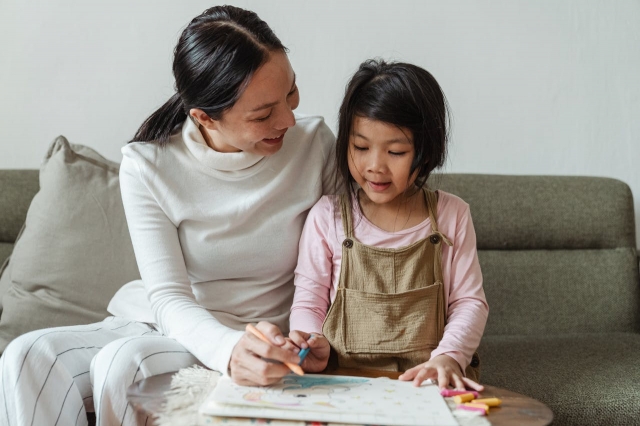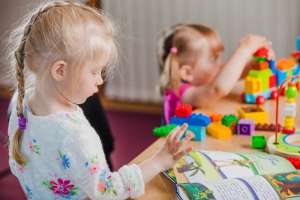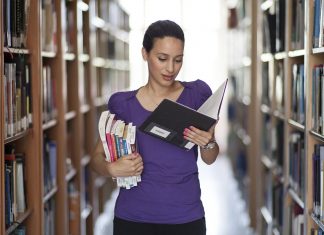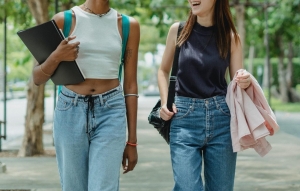Engaging children with learning disabilities in the arts can open up new and transformative avenues for self-expression. Traditional learning approaches often pose challenges for these children, but the arts offer a more inclusive and adaptable environment, allowing them to unleash their creativity and articulate their thoughts and emotions in unique ways.
In this article, we will explore strategies that can help create a supportive and nurturing environment for children with learning disabilities, empowering them to thrive in the world of arts and boosting their self-confidence.
Tailored Art Classes
Seek out art classes specifically designed for children with learning disabilities. These classes understand unique learning styles and offer personalized guidance to enhance artistic skills. By providing targeted instruction and support, these classes can help children with learning disabilities discover their artistic talents and build their confidence.
Visual Aids and Hands-on Activities
Utilize visual aids and interactive, hands-on activities to teach artistic techniques effectively. These methods provide sensory-rich experiences that resonate with diverse learning preferences. By incorporating tactile and visual elements into the art process, you can help children with learning disabilities better understand and execute artistic techniques.
Cultivate Passion at Home
If your child discovers a passion for a specific art form, creating a dedicated space at home for their artistic pursuits can be invaluable. Providing a safe and comfortable space for practice and creation not only supports their artistic journey but also boosts their self-esteem and confidence.
As an added bonus, investing in a dedicated art space at home can increase the value of your property while providing a nurturing environment for your child's artistic growth. Just be sure to document any work done on your home with receipts and before and after photos.
Exploring Various Art Mediums
Encourage kids to experiment with diverse art mediums to discover their strengths. By exploring unconventional mediums like stained glass art, they can uniquely engage their senses and creativity. Each medium offers a distinct set of sensory experiences and techniques.
Fusion of Music and Art
Seattle Children's Hospital suggests incorporating music therapy into art sessions to stimulate multiple senses simultaneously. By combining music and art, you can create a holistic approach that enhances the creative process and helps children build connections between different forms of expression. Music therapy can help children with learning disabilities tap into their emotions, and incorporating it into art sessions can create a more immersive and enriching artistic experience.
Explore Multimedia Creativity
Using multimedia is a fantastic way to help kids create art in our modern age, especially through the exciting process of creating videos. By utilizing a free video editor, you can guide your children as they create videos. These tools offer various features, such as adding audio, adjusting video speed, animating elements, and much more, to enhance their creativity and storytelling skills. Engaging in video creation not only allows kids to explore their artistic talents but also equips them with valuable technical skills in a fun and interactive way.
Focus on Progress and Effort
Shift the emphasis from final results to progress and effort. Positive reinforcement for every step forward encourages a growth mindset and boosts self-confidence. Recognizing their progress and effort can help children with learning disabilities feel proud of their accomplishments and motivated to continue pursuing their artistic passions.
Adaptive Tools for All
Adaptive art tools and devices tailored to children with physical disabilities are crucial for ensuring inclusive participation in creative activities. These specialized tools enable children to overcome physical limitations and engage in artistic endeavors, empowering their creativity. Fostering inclusivity in this way not only supports their artistic talents but also strengthens their confidence and sense of belonging.
Incorporating these strategies into your approach can be a powerful way to empower children with learning disabilities to tap into their artistic potential. By providing tailored art classes, encouraging exploration of diverse mediums, creating supportive environments, and offering adaptive tools, you give these children the opportunity to fully express themselves. You may find that you want to add a dedicated art space to your home and even start an art business.
This fostering of a love for the arts not only enhances their self-confidence but also contributes to their personal growth. Such an approach has the potential to lead to lifelong fulfillment and success, highlighting the transformative impact of the arts on children with learning disabilities.






